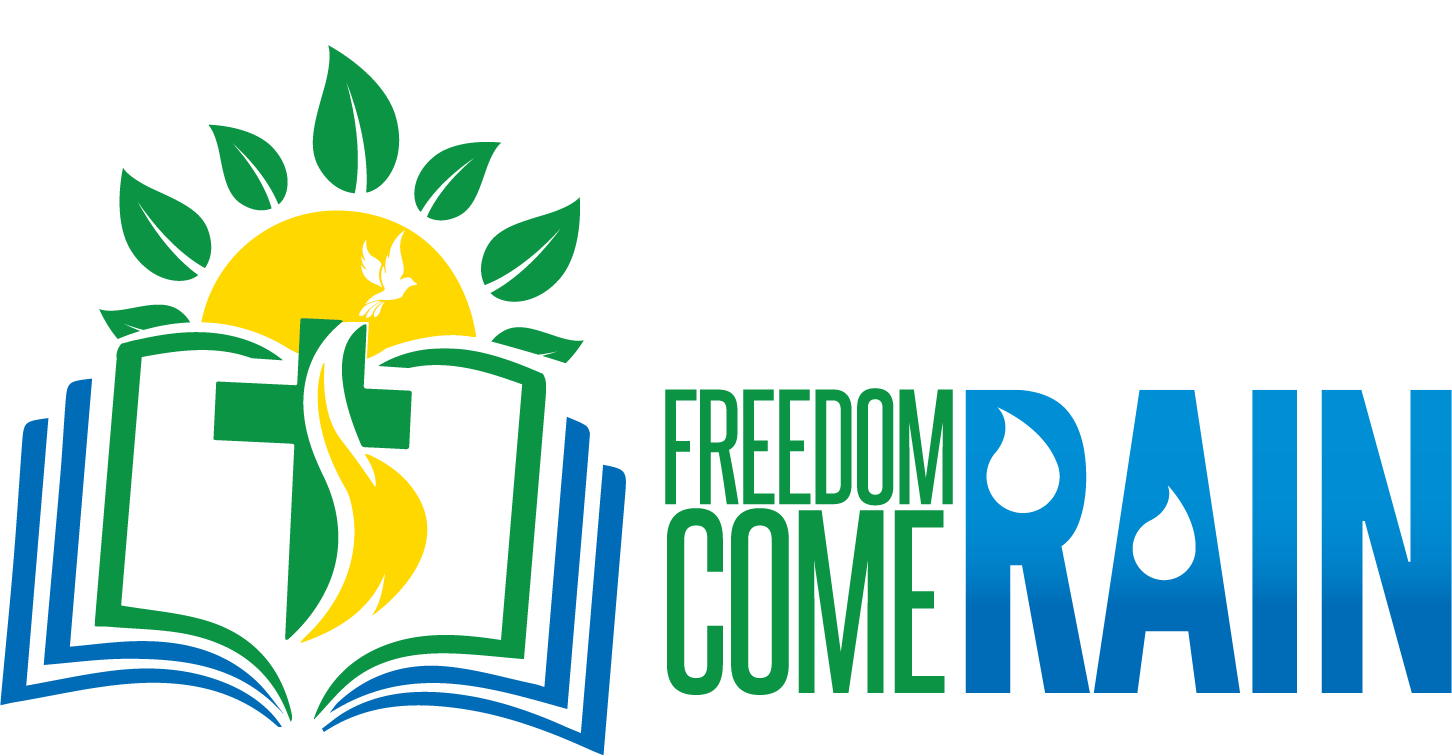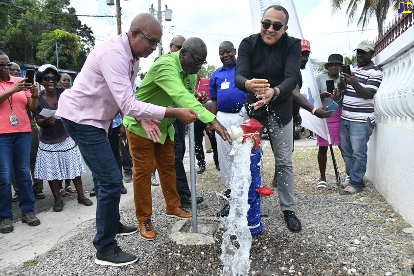Water Sources
Most of Jamaica’s water comes from underground sources called aquifers, which are layers of rock and/or sediments that hold groundwater. The two main types of aquifers in Jamaica are limestone and alluvium, with limestone being the largest, holding around 50% of the island’s groundwater. Other sources include rivers, springs, ponds and wells.
Water Distribution
The process of collecting water from its original source and supplying to households is a delicate and important one. The WRA outlines this method.
- Water is pumped from a well or diverted from a river or spring.
- This water runs through pipelines to a treatment plant where the water is purified for drinking.
- In some cases, the water may first be sent to a storage tank before getting to our taps
The Mona Reservoir and Hermitage Dam act as storage tanks for Kingston and St. Andrew and are the largest water holding facilities in the country. There are smaller water supply systems that serve the rest of the island.
Supply and Demand
Interestingly, most of Jamaica’s water supply comes from the north coast of the island while the greatest need comes from the south coast. This furthers the need for proper waste disposal habits and conservation to ensure that water is safe and available when needed. To this effect, the National Water Commission (NWC) provides water-saving tips for the public.
Water To Innovate – Hydroelectricity
Jamaica has eight hydroelectric stations that contribute to the national electricity grid. These stations harness the power of water in motion to help generate electricity and are located in St. Andrew, St. Ann and St. Elizabeth.
Source: JIS






